Although low doses increase risk, the increase is not huge. As lifetime exposure accumulates, so does the risk. Exposure to low-level radiation at a younger age will probably initiate one excess cancer for every hundred individuals in a lifetime.
Extracting an exact signal from the noise has been one of the great problems with radiation epidemiology. High levels of radiation exposure increase the risk of heart disease, but we cannot detect any impact of low-level exposure. There was no conclusive evidence of genetic effects in the offspring of A-bomb survivors, in contrast to animal studies, which showed that increased cellular mutations in animals can be passed on to their offspring.
The BEIR VII advisory committee was a balanced and thoughtful group. We could draw on extensive expertise in many different fields. There was controversy, but the discussion continued and the material provided by the witnesses aided in developing a consensus. We will never have all the answers, but continued research will advance our understanding and improve the precision of our estimates.
19
The Rise and Fall of Nuclear Power
David Freeman
The atomic age started with the dropping of a bomb.
Perhaps only those alive at the time would appreciate the guilt this caused America. No one wanted to talk about whether America should or should not have dropped the bomb. But President Harry S. Truman believed we could make a blessing out of this terrible event, and Americans were deluged with the most vivid descriptions of how this awesome, godlike power would be turned to the benefit of humankind.
It’s useful to examine some of the words that were said. Robert Maynard Hutchins, the president of the University of Chicago, where much of the research for the Manhattan Project was done, said that atomic power would make “heat so plentiful that it will even be used to melt snow as it falls. A very few individuals working a few hours a day at very easy tasks in the central atomic power plant will provide all the heat, light, and power required by the community and these utilities will be so cheap that their cost can hardly be reckoned.” There was talk of only having to fill gas tanks once a year with a pill-sized pellet of atomic energy rather than twice a week with gas. The day would be gone when nations would fight for oil; the era of atomic energy would usher in an age of plenty.
And people believed it. It was a euphoric time.
Meanwhile, U.S. Atomic Energy Commission (AEC) chairman David Lilienthal reported to Truman, at about the time the Russians tested their bomb, that America had no stockpile of bombs. According to Lilienthal’s journals, there was never any discussion of civilian nuclear power. It was an arms race. All the talk about a nuclear idyll was just talk, and in its stead came the hydrogen bomb. After all, the scientists in their secure university positions did not have to dirty their hands with pipes and pumps and the machinery of developing nuclear reactors for civilian use.
It took Hyman G. Rickover, a four-star admiral of the U.S. Navy working with a private company, to develop the Nautilus submarine—the first civilian application of nuclear power. The costs were so astronomical that it ultimately had little civilian application, but it did give people a basis for thinking that perhaps all these dreams about nuclear power had some validity to them. The period of nuclear euphoria lasted into the 1950s. The research did not produce anything. The AEC knew that they were nowhere near building a civilian reactor but they continued to make grandiose promises in order to secure funding from Congress to continue their weapons program.
The beginning of the civilian nuclear power program came in 1957, when Congress passed the Price Anderson Act. Early research on reactors proved unsuccessful, but the big breakthrough came in 1963 when General Electric made a bid to build a nuclear power plant at Oyster Creek in New Jersey. They offered a price cheaper than coal, and the AEC hailed this as the first step in the commercialization of nuclear power. It was, however, a loss-leader bid. GE had no idea what a nuclear power plant would cost. All that it knew was that it was time to start selling them. It had a turnkey deal at a price that made it competitive but that was far below the actual cost. This ushered in the era of the cost overrun. These plants were built and sold at a price that looked like it was competitive with coal, even though there has never been a nuclear power plant built that was cost-competitive in this country or anywhere else. All of a sudden, what looked like a dormant option—the cause of much lip service—was the rage.
I remember when GE came to my law firm in the 1960s and asked us to help them create a public power agency in New Jersey because they wanted to build half a dozen nuclear reactors there. Fortunately, GE’s lawyers said they would be violating antitrust laws and put a stop to the plan, but that was the prevailing mind-set at the time. A year later, Peabody Coal Company came to us and said they were so afraid of nuclear power taking over the future that they did not think that coal resources in the West would be developed. They wanted to create public power agencies with low-interest money to lower the price of coal so that they might have a chance at competing.
It got worse. By the time I took over the Tennessee Valley Authority in 1976, TVA had stopped maintenance of its coal plants for years. They were going nuclear. With an armada of twelve nuclear reactors, they were writing off their coal plants. We put a billion dollars into installing scrubbers and pollution-control equipment on those plants.
AEC chairman Glenn T. Seaborg said he was certain that nuclear power was the future. He traveled to sixty nations to sell the idea of the peaceful atom as outlined in Eisenhower’s famous “Atoms for Peace” speech to the United Nations on December 8, 1953. Most people believed him. The first time I went to Israel, I asked why the country was considering building an atomic power plant there. David Ben-Gurion said that if you did not have atomic energy, you were not a modern nation. That was the mind-set the United States had created and sold all over the world.
The AEC had the dual role of promoting and regulating nuclear power, but promotion was their priority. It suppressed documents from staff that raised safety questions. Safety was not discussed in public during the euphoria of the 1960s, when everyone and their uncle were ordering nuclear power plants. There is no such thing as peaceful atoms. The road to the atomic bomb is the nuclear power plant, which has also led to confrontations with nations such as Iran and North Korea, who are just implementing the program that America sold to the world. It is the height of hypocrisy and arrogance that America expects the world to support its attempts to stop countries from building bombs when it is promoting nuclear power.
There has been one constant throughout: nuclear power has never been economical, and it never will be. Even with the latest improvements, the cost overrun is about one or two billion dollars. Thirty years ago, when we went on a nuclear binge, nuclear power was the alternative source of power. There were no alternative technologies that were sustainable and clean. Affordable wind power and solar power were still to come. The situation now is entirely different.
There is no antinuclear movement today. There are, of course, a few souls who gather every once in a while to say the same old things to each other, but the antinuclear movement has lost all connection with the American people. Three Mile Island set the nuclear industry back for twenty or thirty years, but there are still 150 reactors in the United States that can cause major destruction if there is an earthquake or human accident. Every ten years, there has been an accident of some kind, and there is no reason to think that the cycle has ended.
Читать дальше
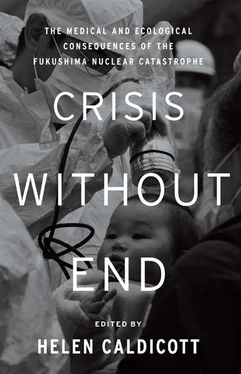

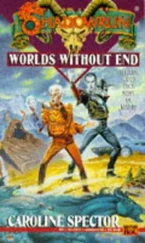

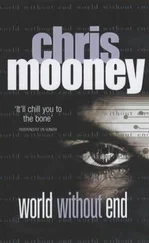

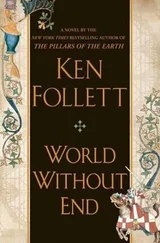
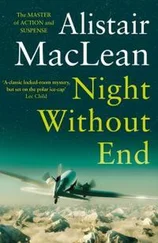

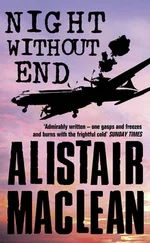
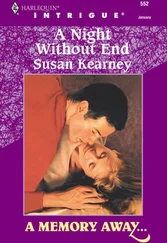

![Helen Rowland - The Widow [To Say Nothing of the Man]](/books/752764/helen-rowland-the-widow-to-say-nothing-of-the-man-thumb.webp)